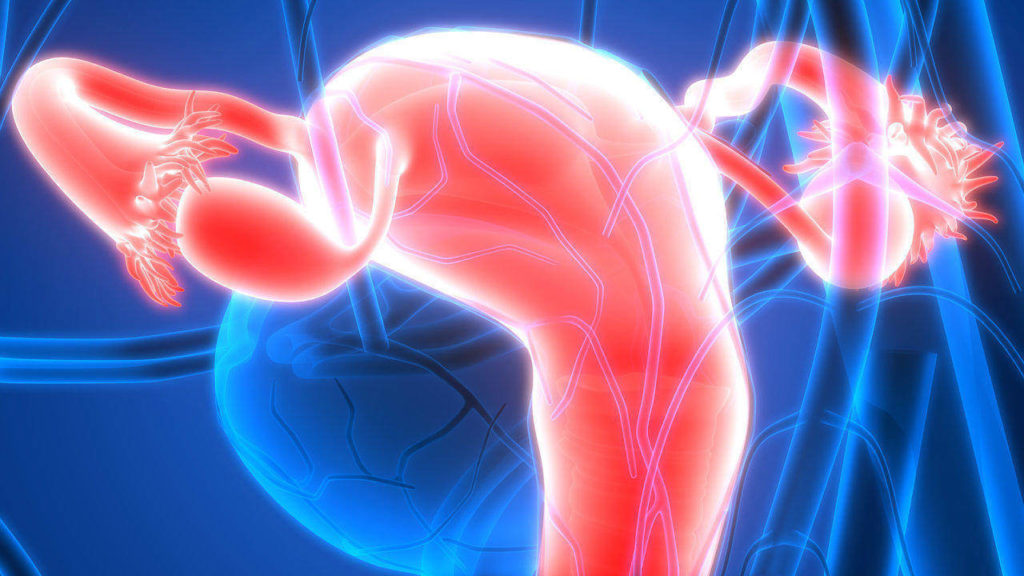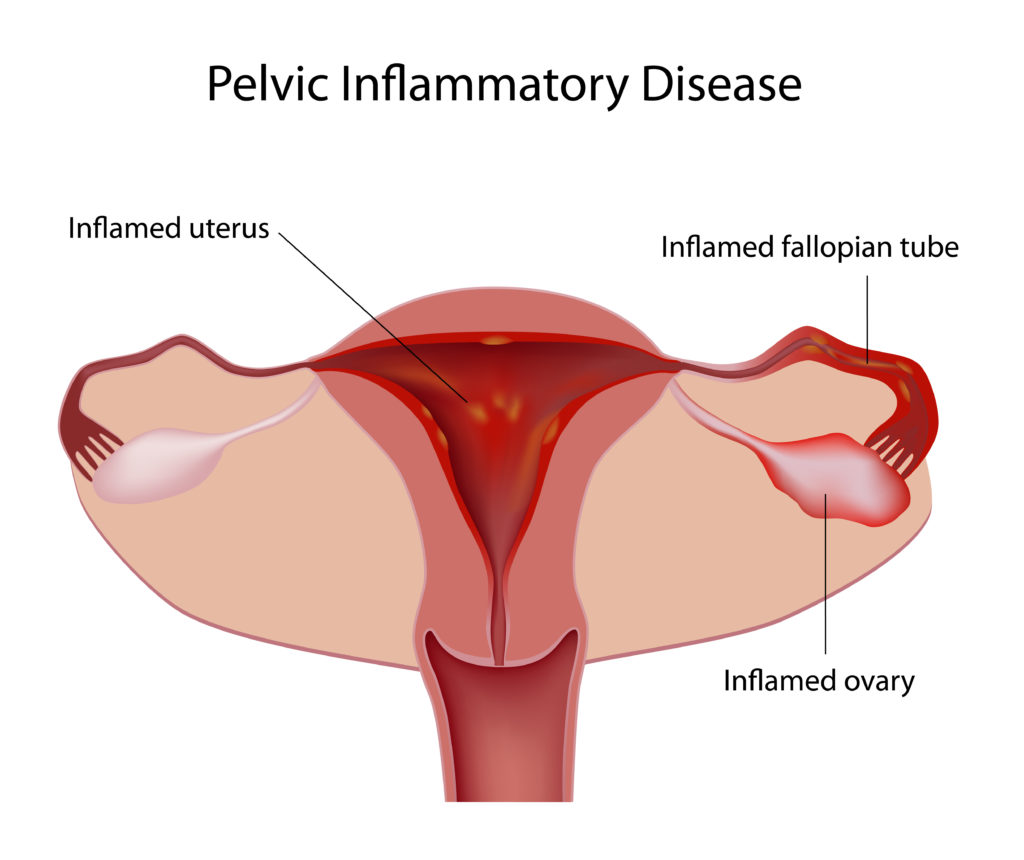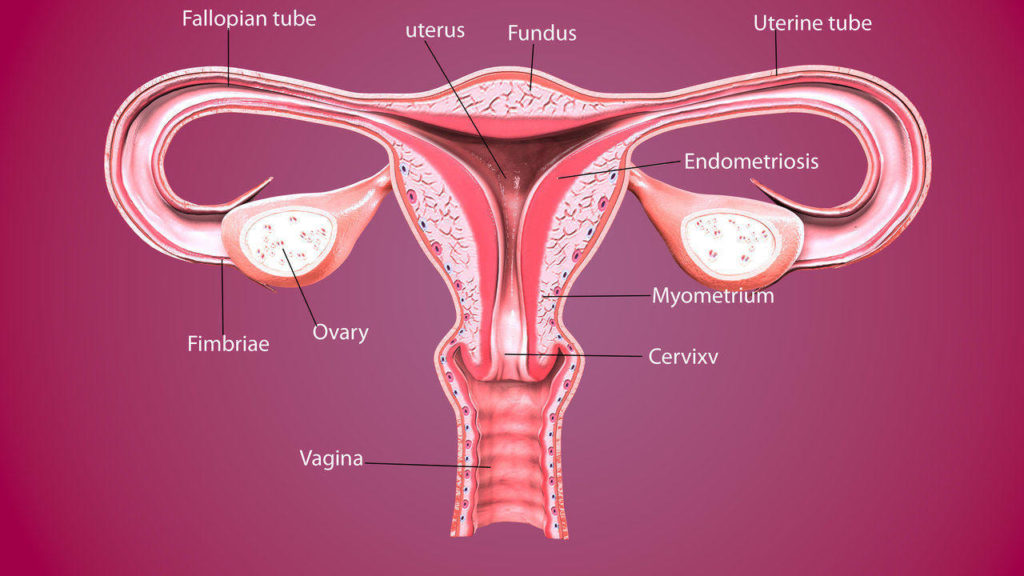Table of Contents
It can produce an infertility story just like any other: a couple is trying to conceive for over a year without success. The woman visits her local GP and the doctor puts her on Clomid and they try again without results. Finally, the woman decides to visit a fertility specialist and have some tests done. The diagnosis arrives: the fallopian tubes are blocked. Is it the end of the dream of becoming a mother? With today’s medicine – not at all.
What causes blocked fallopian tubes? Where does the egg go if the fallopian tubes are blocked? Can I get pregnant naturally if I suffer from blocked fallopian tubes? Is there any treatment that can help me? To help us answer these questions, Dr. Victoria Walker, from Institut Marquès, has shared her expertise on this medical condition that affects many women in their reproductive age.
To create a pregnancy the egg produced by the ovary needs to pass along the fallopian tubes to both meet the sperm and to get to the uterus. If there is an obstruction, the egg cannot reach the uterus and the woman cannot fall pregnant. There are many conditions that can cause this obstruction and all of them make it hard for women to conceive naturally. Some conditions have more wide-ranging effects than just damaging the tubes. For example, endometriosis can manifest itself as chronic pelvic pain. Here is a list of the most frequent reasons for blocked fallopian tubes:
- Endometriosis
- Fibroids of the uterus
- Previous ectopic pregnancies
- Pelvic Inflammatory Disease (PID)
- Complications after abdominal surgery
- Tuberculosis
- Reversal of female sterilization (“tying tubes”), the reversal of tubal ligation.
Let’s look more closely at some of these conditions:
Endometriosis and uterine fibroids
Both endometriosis and uterine fibroids are very common in the general female population. In the United States alone approximately 13 million women suffer from endometriosis. Endometriosis occurs when endometrial tissue, which is usually found inside the uterus, grows outside the uterus, usually in the pelvis but sometimes in other parts of the body too. These patches of endometrial tissue respond to hormones and so every month produce a tiny bleed wherever the endometrial cells are found. And as you’ll know if you’ve ever touched blood, it is very sticky. So where the cells have bled, the surrounding tissue sticks together. In this way, endometriosis could cause obstruction inside the fallopian tubes due to the two sides sticking together, or the adhesions created in the pelvis can obstruct the tubes from the outside. In a similar way, uterine fibroids, which are non-cancerous proliferations of muscle in the uterus, can obstruct the entrance to the fallopian tubes, or press on them from the outside so nothing can get through.
Ectopic pregnancy
How does an ectopic pregnancy happen? If a fallopian tube is already partially blocked, the sperm can reach the egg to fertilise it, but the embryo may get stuck in the tube as it travels towards the uterus. This, in turn, results in an embryo implanting outside the uterus (ectopic pregnancy), which presents us with a medical emergency and needs a quick response from doctors, often involving removal of the affected tube. In this way, an ectopic pregnancy may cause a complete and irreversible tubal blockage.
Pelvic Inflammatory Disease
Another common condition among women is Pelvic Inflammatory Disease (PID), an umbrella term used for all the problems caused following an infection of the reproductive system. Most of PID cases are caused by gonorrhoea, chlamydia and other sexually transmitted diseases (STDs).
As can be seen above, different conditions block the fallopian tubes in different ways: sometimes scar tissue or adhesions are created which tie themselves tightly around the fallopian tubes, or sometimes the fallopian tubes get stuck to other organs like the uterus or the intestine. Occasionally there is a benign tumour like a fibroid pressing on the tube, therefore obstructing it from the outside. It is important to know that tubes can be partially blocked and under these circumstances, a woman may still be able to conceive, whilst at the same time running the risk of having an ectopic pregnancy.
Fallopian tubes – parts & types of occlusion
Let us also look at the fallopian tube anatomy and possible blockage sites. A fallopian tube is made up of three parts:
- the proximal part, which is closest to the uterus and goes through the uterine wall to give access to the uterine cavity,
- the mid-segment, and
- the distal part, which is closest to the ovaries.
Nowadays we know that different diseases can affect different parts of the tubes.
Proximal tubal occlusion
Blockage may occur here after a woman has had a miscarriage, a termination of pregnancy, a sexually transmitted infection resulting in Pelvic Inflammatory Disease (PID), or a caesarean section. Some birth control treatments such as Essure also permanently block this part of the tube.
Distal tubal occlusion
Infection with organisms such as chlamydia are often the cause of an obstruction in this part of the fallopian tube. Obstruction at this point often results in the accumulation of liquid within the fallopian tube, known as hydrosalpinyx.
Mid-segment tubal obstruction
Tubal ligation affects this part of the fallopian tubes. Ligation is where the fallopian tubes are voluntarily tied off when a woman decides she no longer wants to have children. In theory, this procedure can be reversed but in practice, it can be hard to get the tubes to function properly again after reversal.
Blocked fallopian tubes – the treatment
Fortunately, modern medicine allows us to bypass blockages and allow pregnancy to occur. How? The patient may be recommended to have a “key-hole” laparoscopic surgery or in vitro fertilization. Such treatments give hope to many women and couples who could not fall pregnant naturally. Blocked fallopian tubes should not stop you from attaining your goal of becoming a mother.
Dr. Victoria Walker, a fertility specialist at Institut Marquès, answers three questions about blocked fallopian tubes.
How do you approach treatment for a patient with blocked tubes, do you recommend surgery, or you go straight to IVF? Do you put them on medicine?
Dr. Walker: It is important to investigate blocked fallopian tubes to try and find out the cause because sometimes the cause might affect the prognosis – e.g. endometriosis can obstruct a tube but it also can affect the quality of the eggs a woman produces, whereas a fibroid won’t affect egg quality. Similarly, an infection can reduce the chances of an embryo successfully implanting in the uterus as well as maybe creating obstructions in the tubes. So the treatment recommended will depend on the cause of the obstruction, the time a patient has available to create a pregnancy (with a patient in their late 30s or early 40s you may not want to delay fertility treatment for surgery), and the chances of treatment success. We know for example that microsurgery of the fallopian tubes can allow us to remove an obstruction, but the tiny hairs inside the tube (the cilia) don’t really work properly again, so surgery may not have the desired effect. And finally patient expectations are high: if they have got to the stage of completing investigations that have shown an obstruction, then they usually want to go straight to the treatment that has the highest chance of giving them a pregnancy – which is often IVF.
How many visits do patients need?
Dr. Walker: As many as necessary to work out the cause and make a plan of action with the patient.
How many patients with blocked tubes get pregnant with their own eggs?
Dr. Walker: It depends on the age of the patient and follows the general results for women trying IVF with their own eggs – i.e. up to 35 years of age the chances of success with their own eggs are high, but reduce as women go through their late 30s and early 40s.
Do you have problems conceiving naturally? Have you been diagnosed with blocked fallopian tubes? We recommend you speak to a fertility expert that specializes in fertility options for this medical condition.
If you’d like to know more about IVF in Spain we have published a comprehensive guide to fertility treatment in Spain.








This is because a child born as a result of donated eggs or sperm is legally entitled to find out the identity of the donor when they become an adult (at age 18).
Possible complications from tubal surgery include an ectopic pregnancy, which is when the fertilised egg implants outside the womb.